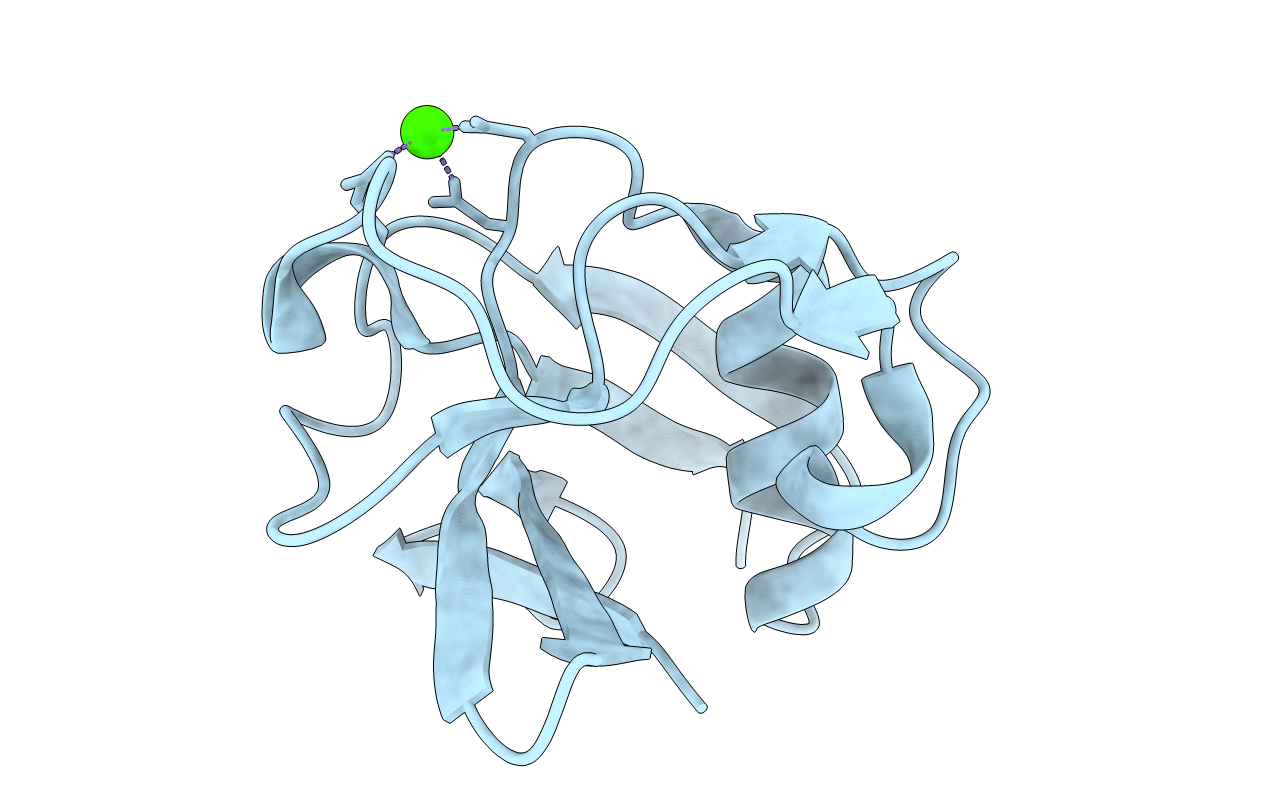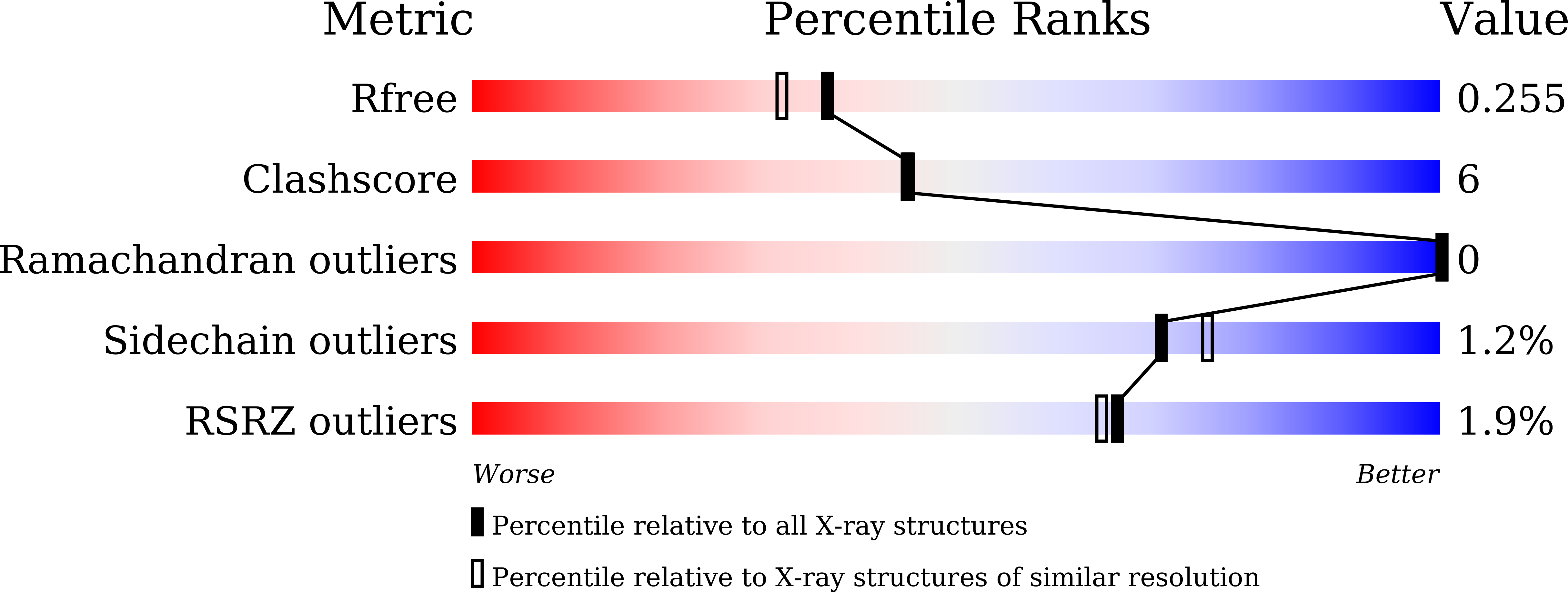
Deposition Date
2020-12-21
Release Date
2021-07-28
Last Version Date
2024-10-23
Entry Detail
PDB ID:
7DPX
Keywords:
Title:
Crystal structure of the SRCR domain of human SCARA1/CD204
Biological Source:
Source Organism:
Homo sapiens (Taxon ID: 9606)
Host Organism:
Method Details:
Experimental Method:
Resolution:
2.00 Å
R-Value Free:
0.25
R-Value Work:
0.20
R-Value Observed:
0.21
Space Group:
P 21 21 21


